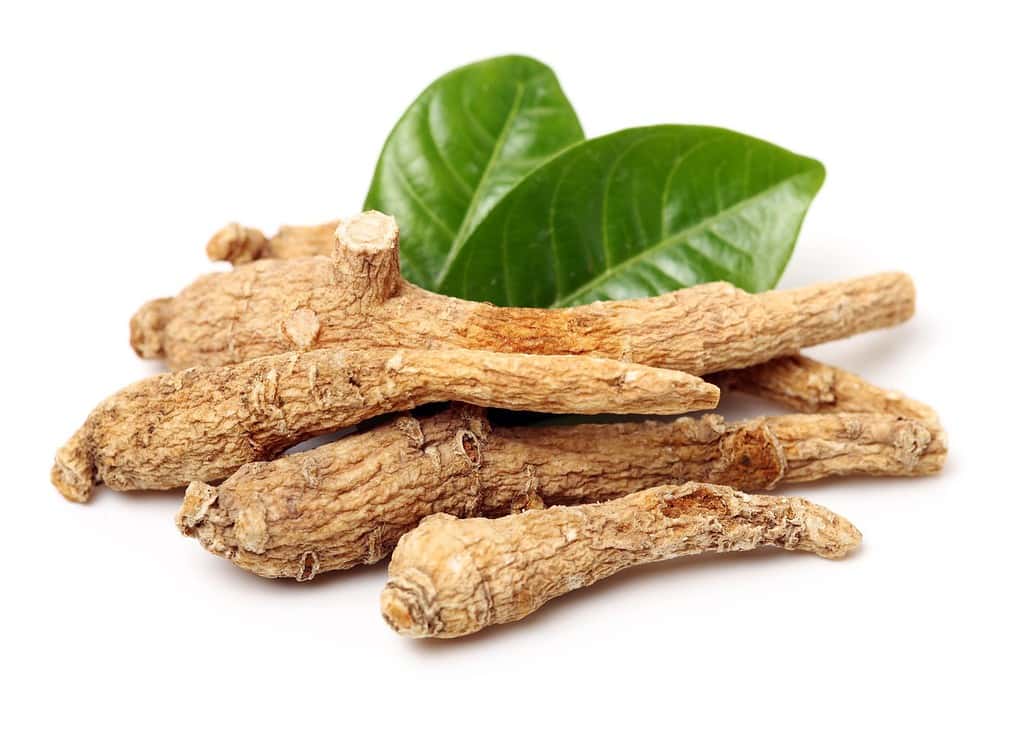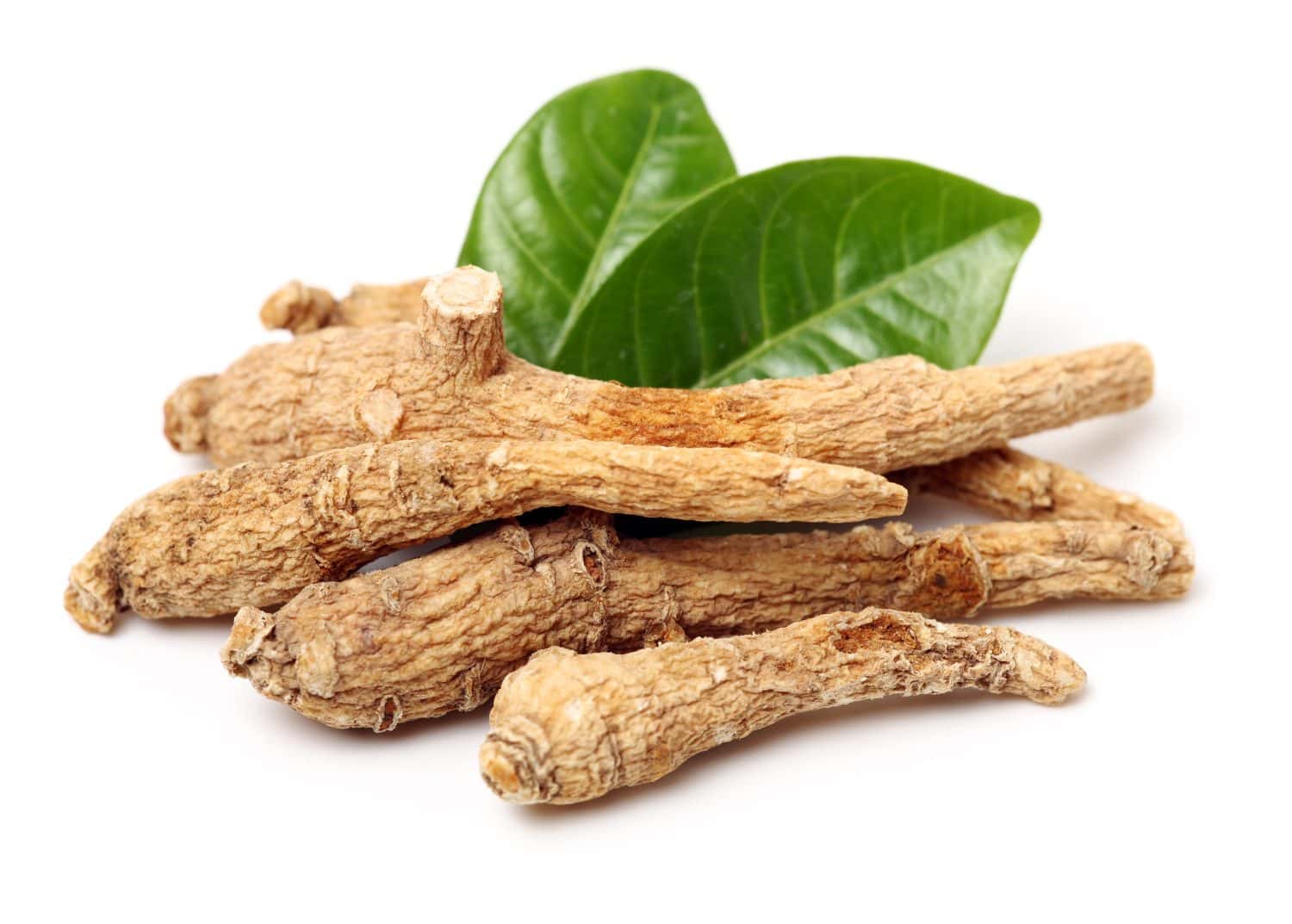Have you ever heard of ginseng? This powerful plant is famous far and wide for its numerous health benefits. However, it has also become well known for its incredible scarcity in recent years. While some people are clamoring to get their hands on it, others are trying to farm their own to remedy this situation. Let’s break down prices for ginseng in 2024 and discuss factors that influence its fluctuating price tag.
What Is Ginseng?

The prices of ginseng have continued to climb throughout the years.
©artin1/Shutterstock.com
Ginseng is the root of plants that belong to the genus Panax. It tends to grow in a shape that resembles a person, and because of this, many have nicknamed this plant “man-root.” Ginseng is coveted worldwide for its medicinal properties. It typically grows in colder environments, although there are some exceptions to this rule. There are many different varieties of this root, such as South China ginseng, Korean ginseng, and American ginseng.
Ginseng Prices in 2024

Ginseng is very nutrient-dense.
©canghai76/Shutterstock.com
Because ginseng only grows in certain regions, many parts of the world are eager to import it. America is one of the few countries where wild ginseng thrives, and because of this, it has become a lucrative business for many to get into. According to the Indiana Ginseng Annual Report, prices of American ginseng during the 2023 harvest season were up to $700 per pound. This is more expensive than it was in previous years, likely due to increasing scarcity. This price may increase even further in 2024 as wild ginseng becomes increasingly more difficult to forage.
Does Ginseng Have Any Health Benefits?

People have been harvesting and consuming this plant for hundreds of years.
©iStock.com/Weber
Consuming ginseng is associated with many health benefits which are highly desirable to consumers. It’s able to provide headache relief, decrease inflammation, aid relaxation, fight anxiety, decrease blood sugar, improve cognitive function, and treat erectile dysfunction. If taken in conjunction with caffeine, it is also said to improve energy levels. Despite all its benefits, certain groups should limit or avoid the consumption of ginseng. According to the Mount Sinai Today Blog, “People with schizophrenia or bipolar disorder should not take ginseng, because it may increase the risk of mania. Pregnant or breastfeeding women should not take American ginseng. Women who have a history of breast cancer, or other hormone-sensitive conditions, should not take ginseng.”
What Makes Ginseng So Expensive?
It’s easy to see that ginseng has a wealth of beneficial properties. Because of this, consumers are eager to incorporate this root into their diet, and market demand is high. However, suppliers often struggle to meet that demand. Wild ginseng is only found in a small area, and it has a very long growth period. Although farm-grown ginseng does exist, many people believe foraged ginseng to be more potent. This has led to overharvesting, and in turn, it has become increasingly scarcer over the years. Its rarity, slow growth, and high demand are all contributing factors to the outrageous price tag.
Where to Find Ginseng in the Wild

Consumers should be wary of any ginseng that is suspiciously low-priced.
©JIANG HONGYAN/Shutterstock.com
Ginseng prefers to grow in shady, cool, forested areas in the countries it is native to. According to the New York State Department of Environmental Conservation, American ginseng “is indigenous primarily to the Appalachian Mountain region of North America. It can be found growing wild in forests and cultivated in plantations in the U.S. and Canada.” The plant itself is very slow-growing, and it can take years for it to reach maturity. At peak, plants only grow to be about 10 to 15 inches tall, so spotting it might be somewhat difficult. In addition, foragers have nearly exhausted the current wild ginseng supplies.
What Does Ginseng Taste Like?

The potential for profits has motivated foragers to overharvest this plant.
©ROCK NG/Shutterstock.com
Many people describe the flavor of ginseng as complex. Depending on the variety, taste will differ slightly. In general, ginseng is bitter, but also slightly sweet and spicy with earthy undertones. Some people compare the flavor to licorice. Because of its unique flavor, the preferred method of preparation will vary from person to person. Certain individuals enjoy drinking it in tea, while others grind it into a powder for use in smoothies. Ginseng is also a popular component in cooking. Some people use it to give soup broth a more earthy flavor, and it pairs well with other spices such as cinnamon, cloves, rosemary, and hot peppers. After consumption, you can expect to begin feeling the benefits of this powerful herb in as little as 48 hours.
Final Thoughts
Although ginseng is expensive and somewhat hard to find, it is a powerful herb with a wealth of medicinal benefits. If you’re able to get your hands on some, consider yourself very lucky. For now, all we can do is hold out hope that farming will improve in the future. When this happens, more supply will enter the market, which will hopefully drive down ginseng prices and make this special root more affordable for everyone.
Thank you for reading! Have some feedback for us? Contact the AZ Animals editorial team.








